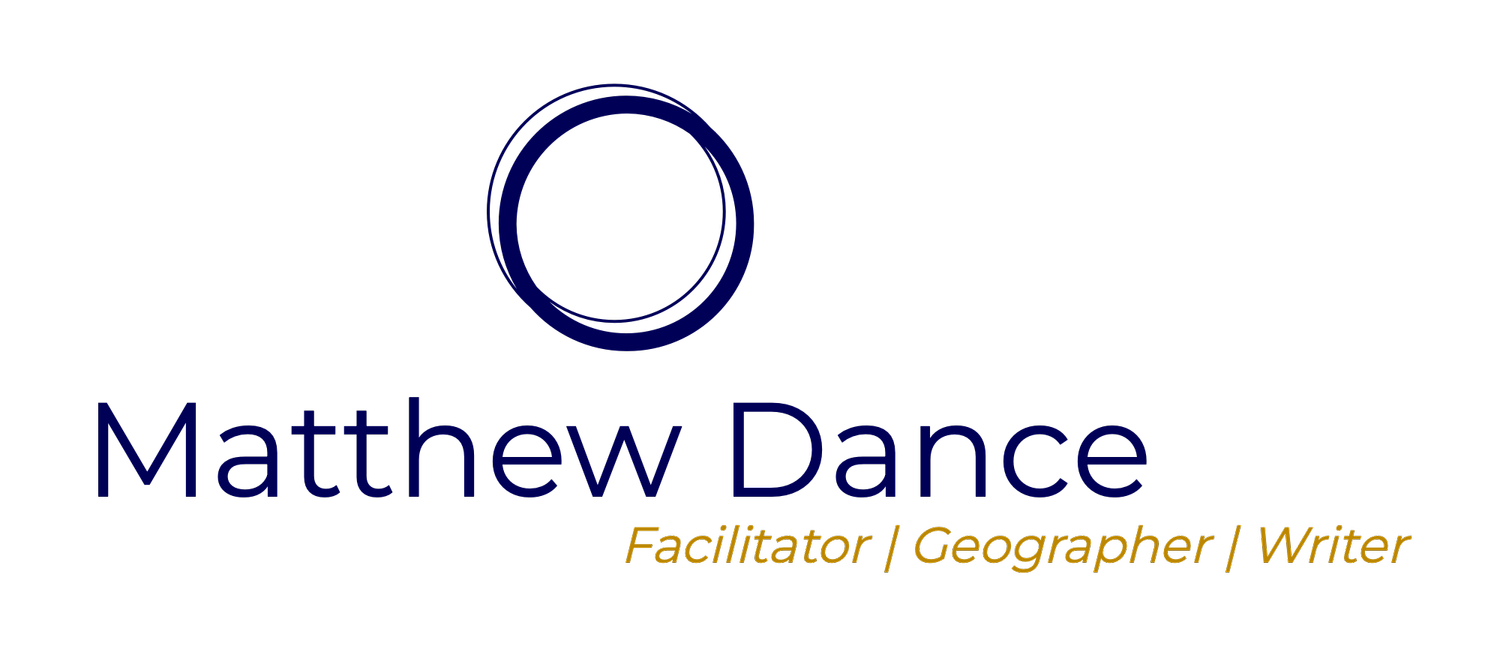A more intelligent Edmonton?
Edmonton is on the cusp of great change. We are moving forward with an expanded LRT line, contemplating (seriously contemplating) building a downtown stadium for the Edmonton Oilers, and building a whole new community on the Municipal Airport Lands. For good or bad (likely good AND bad) we are moving forward and perhaps coming into our own as a major prairie urban center. I feel, though, that this change is in some regards being made with little understanding of the broader context, and that this context isn’t even on the radar in a meaningful way. Let me explain what I mean by this. For me, the best way to understanding something is to try and collect data and explore what those data are saying. And I think that this change is going to generate a lot of data – if we have the foresight and will to collect it over the longer term. Given my predilections towards humanities research and interest in air quality, I propose that we create a three-pronged network of monitors to help us understand the impact of change on Edmonton’s people, build environment, and air quality.
Edmonton’s People Edmonton is home to a great and increasing diversity of people who are impacted by ‘development’ in vastly different ways. For instance, business owners within the downtown core may have a different understanding of the potential benefits associated with a downtown arena than the working poor or other who use the Boyle Street services. The same is true for someone who lives in Riverbend, or downtown. The media is limited in the number of stories that can be printed, and the number of views that can be expressed. But there is another way to include more voices in the debate and as a record of impressions of change. What would it look like to document, through short-recorded interviews, the impressions that this diversity of people has regarding the change that we are seeing? These recordings could be grouped on a web-based map based on the location of the project being discussed. Over time a comprehensive public record could be created.
Edmonton’s Build Environment We are planning some large and impressive projects over the coming years and it would be a shame not to document, in detail, how these projects unfold. Interviewing Edmonton’s People is one approach to documenting these changes, and photographing the changes to the build environment is another approach. But rather than capture these changes with static one-off photos, we could with some thought, engage in a long-term photography project to run in conjunction with the interview project. There are several components to consider: Cowdsource: We can create a Flickr group and encourage citizens to upload their photos here with a geo- and other tags to help sort and understand the context. Time-lapse: Set up a number of self sustaining time-lapse rigs focused on key areas of development (the arena, the municipal airport lands, LRT routes) and let these cameras do their work. A picture a day (or two, or three…) over the course of a year will be a great resource into the future.
Edmonton’s Air Quality Establish a network of volunteers to travel through the city with mobile air quality sensors (there are options with this technology – MIT’s Copenhagen Wheel, or http://sensaris.com/product.html). Current monitoring practice has three sensors in Edmonton, one in the downtown core, located on top of a building. Mobile sensors would offer three benefits over the sensors run by Alberta Environment. (1) Real time data that (2) reflects the quality of the air we breathe rather than the AQ on top of a building in (3) locations that we are concerned about.
There is a lot of room to improve the real monitoring of Edmonton, including perceptions of people, changes in the built environment, and changes in environmental quality. To fully understand how change impacts these things, we should start building out understanding of the current (baseline) data soon.
Sense making and storytelling.
One of the limitations to the technology I work with is the inability for users make-sense (sensemaking) of multiple and varied data streams within a mapping or other virtual environment. For instance, within a virtual map space, data may be available that represents map elements in a point, line, polygon or 3D object format. Data may also be available from a sensor network that provides parameters related to environmental or weather indicators, historic or archieved data may also be available, and finally citizens may have hand held sensors or some personal insight / experience with specific locations. How can all of this data be combined to tell a compelling and accurate story of place? This Ushahidi blog provides some interesting links and a compelling story related to personal or organisational narrative where patterns and inferences about content can be made:
http://blog.ushahidi.com/index.php/2011/02/15/hearing-need-and-seeing-change-through-story-cycles/
Imagine collecting thousands of stories like the one above from citizens, community organizers, and NGO staff about what really matters to them … and where change is showing. Now imagine looking through a prism at these stories to find patterns and compare and contrast patterns between community efforts, organisations, burning issues, locations, citizens of different ages, and more.
I find this to be very compelling and interesting. And its a solid step towards creating a sense-making environment where varied data types can be combined.
Hello world!
This is my first post. I am in the process of setting up my website, and will have some content up in the next day or two.
